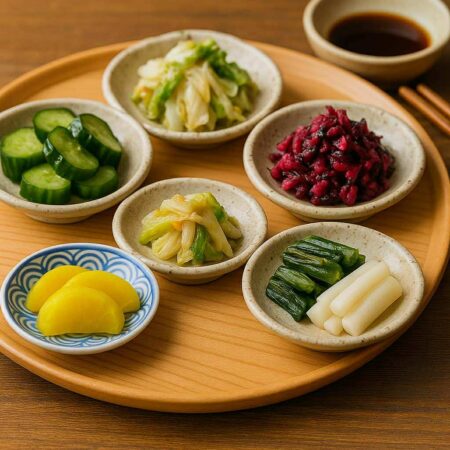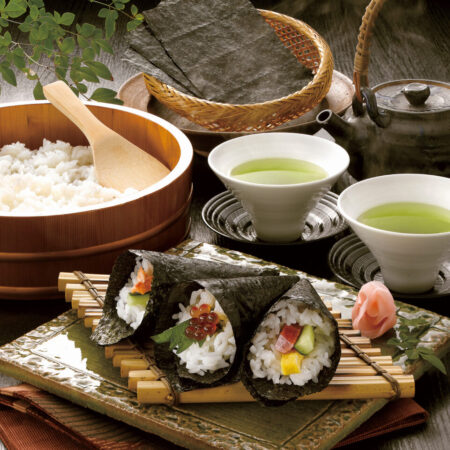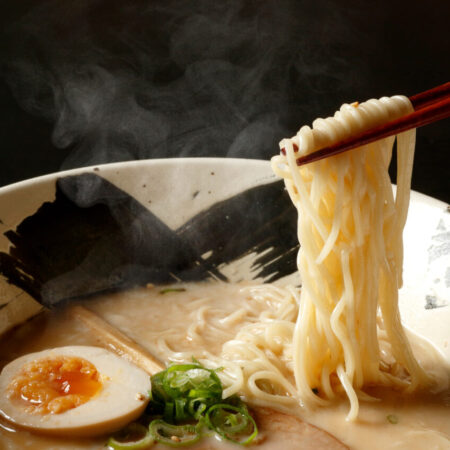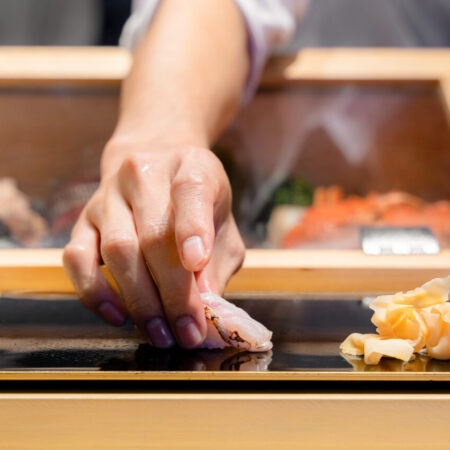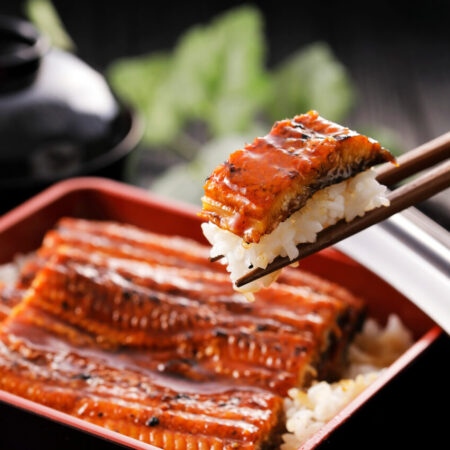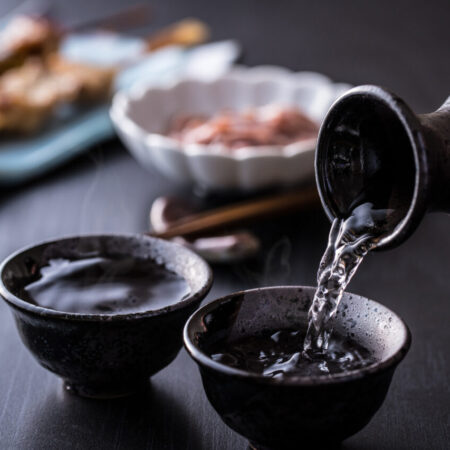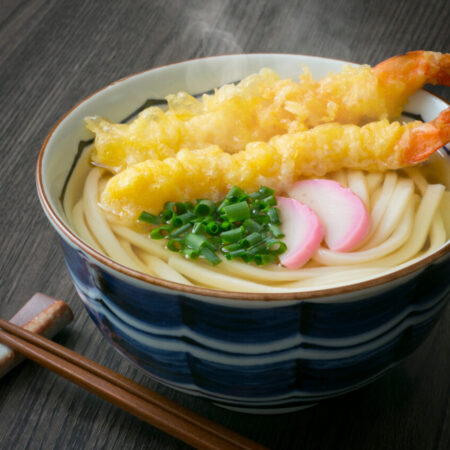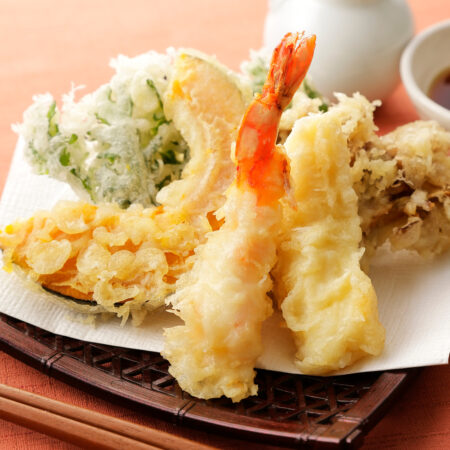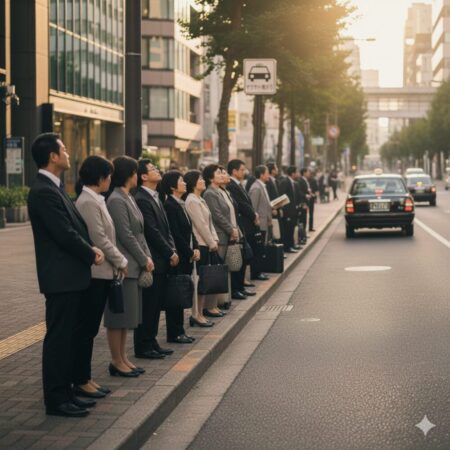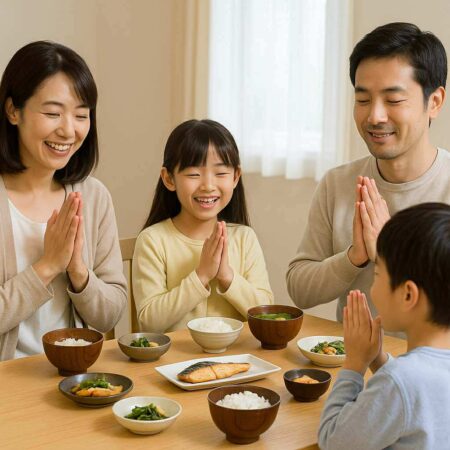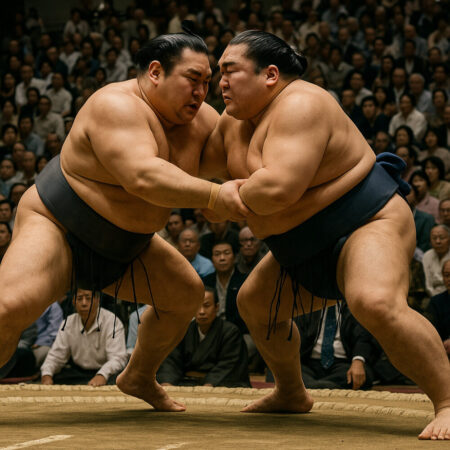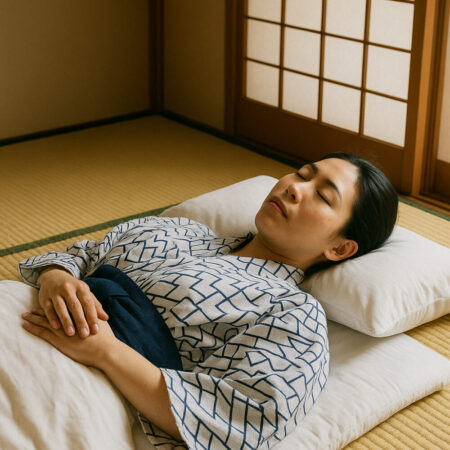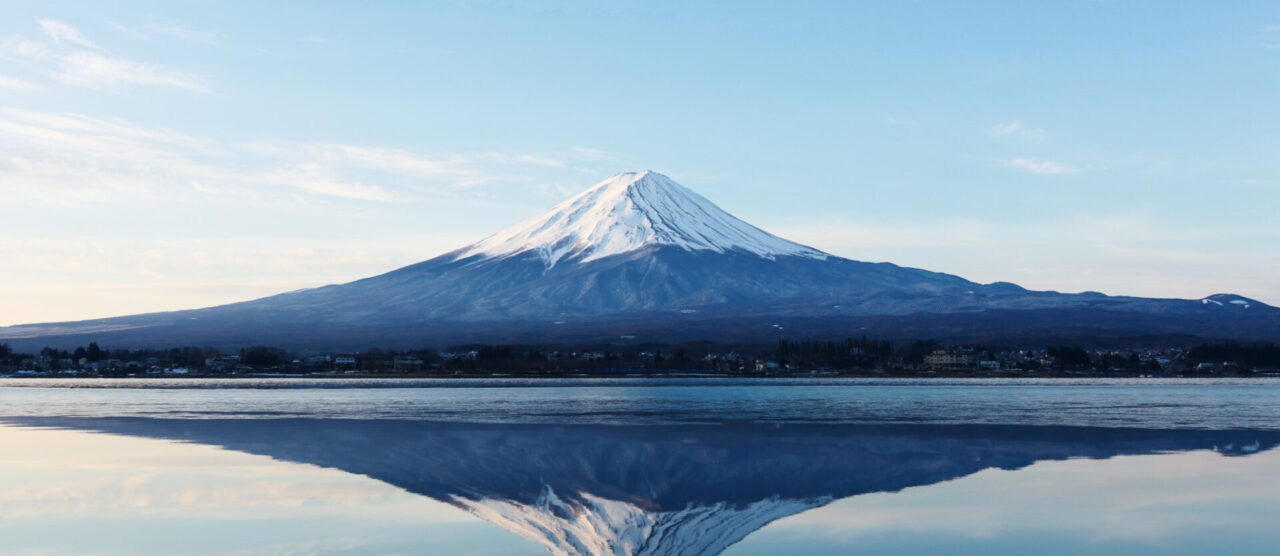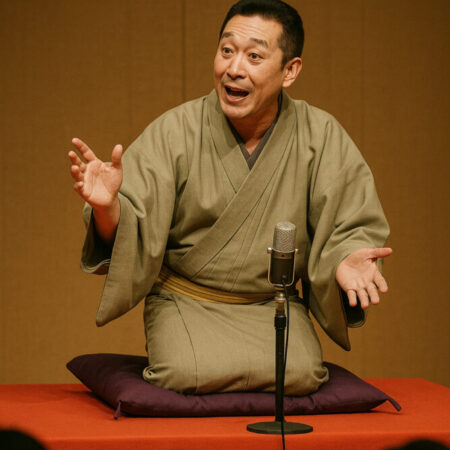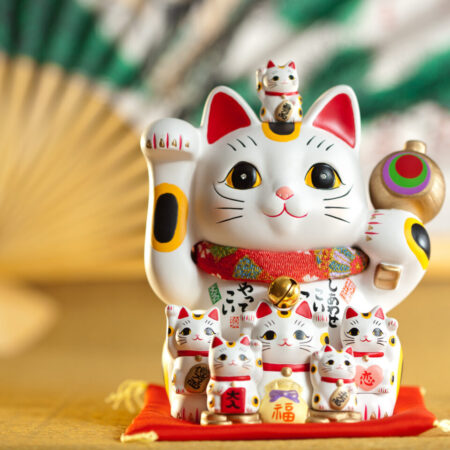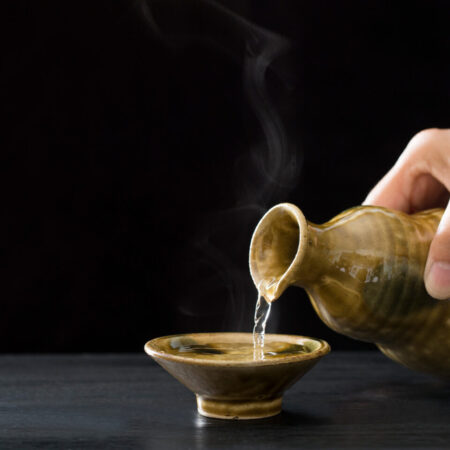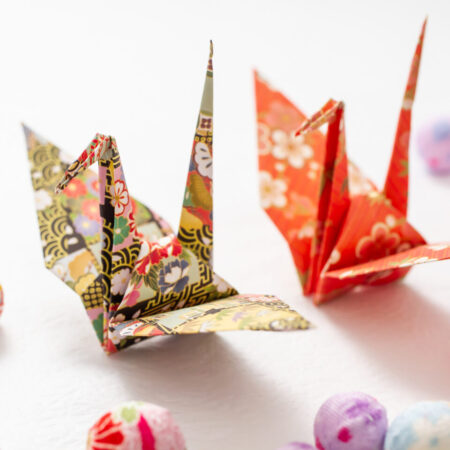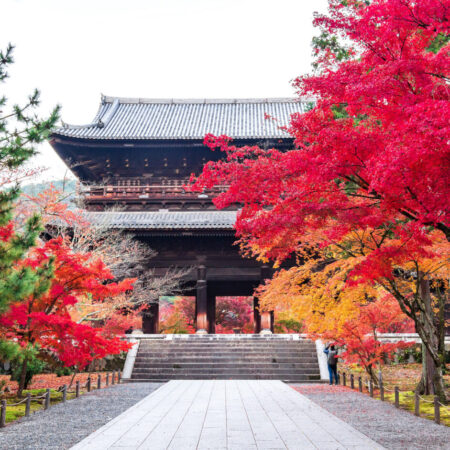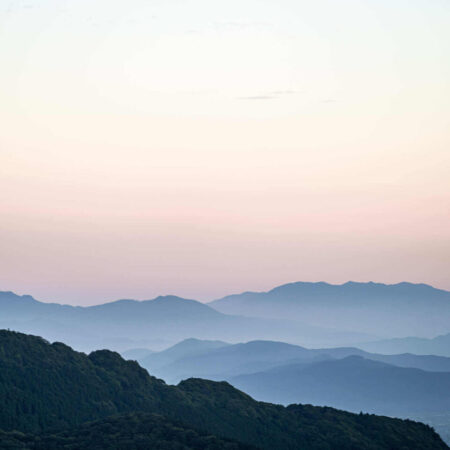Introduction
What is a shrine?
In Japan, shrines are an integral part of the landscape and culture. “Temples” and “shrines” form the core of Japanese faith. While temples serve as places of Buddhist worship, shrines are at the heart of Shintoism, enshrining various deities. These gods are involved in nature, daily events of people, or significant national events.
Shrines are deeply intertwined with Japan’s landscape, seasons, and history. Each shrine has its own festivals and traditions, vividly reflecting the culture and history of each region. Visiting a shrine offers a precious opportunity to experience Japan’s traditions and history.
History
History of Japanese Shrines
The origins of shrines date back to ancient Japan, even before its recorded history. The ancient Japanese felt divine power in nature and all things, leading to places dedicated to these powers. The traditional nature and ancestral worship formed the foundation of shrine beliefs.
Initially, shrines didn’t have specific buildings. Sacred spots in nature, rocks, or trees were revered as deities. Later, shrine buildings were constructed for rituals, evolving into the present form. Some consider Ōmiwa Shrine (Nara Prefecture) as one of the oldest shrines in Japan. It’s mentioned in Japan’s oldest historical records, the “Kojiki” and “Nihon Shoki,” signifying its ancient history. However, pinpointing the “first shrine in Japan” is challenging, as many old shrines claim that title.
Etiquette
Shrine Etiquette and Worship Method
When visiting a shrine, certain etiquettes should be observed. First, pause and bow deeply before passing through the torii gate. Next, at the purification pavilion within the shrine grounds, there’s a custom to cleanse using water in a specific sequence: left hand, right hand, mouth, then left hand again. This ritual purifies both body and mind. Here’s the procedure:
- Hold the wooden ladle with your right hand and scoop water. Pour water over your left hand to cleanse it.
- Use the ladle with your left hand and cleanse your right hand.
- Again, hold the ladle with your right hand, pour water onto your left hand and rinse your mouth. Remember not to drink the water, but spit it out.
- Cleanse your left hand once more. Using the remaining water, rinse the ladle handle and return it to its place.
After this, approach the main hall. The basic worship etiquette at shrines is “two bows, two claps, and one bow.” First, make an offering, ring the bell, then bow twice, clap your hands twice, offer a prayer, and finally, bow once more.
Worship
Feeling the Heart of Japan
Shrines deeply connect to Japan’s history, culture, and the daily lives of its people. By visiting, you can sense Japan’s traditions and the presence of the gods. These deities are believed to guard daily events, natural phenomena, national prosperity, and peace. Shrine visits serve as a time for reflection, connecting with nature and history, making it special for many.




